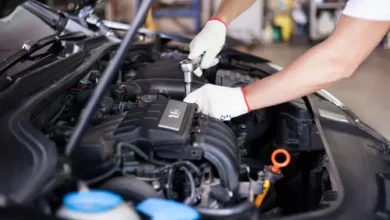How to Improve Fuel Efficiency: Tips for Saving Money
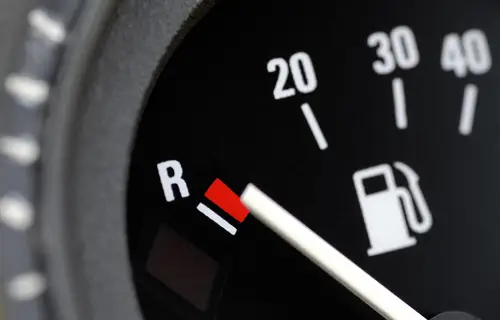
With fuel prices constantly fluctuating and environmental concerns on the rise, improving fuel efficiency has become a priority for many drivers. Not only does better fuel efficiency save you money at the pump, but it also reduces your carbon footprint and helps conserve natural resources. In this comprehensive guide, we’ll explore various maintenance tips and strategies to help you improve fuel efficiency and save money on your daily commute and road trips.
1. Maintain Proper Tire Pressure
Maintaining proper tire pressure is one of the simplest and most effective ways to improve fuel efficiency. Underinflated tires increase rolling resistance, causing your engine to work harder and burn more fuel. Check your tire pressure regularly using a tire pressure gauge and inflate it to the recommended PSI (pounds per square inch) listed in your vehicle’s owner’s manual or on the driver’s side door jamb. Be sure to check tire pressure when the tires are cold for accurate readings.
2. Drive Smoothly and Avoid Aggressive Driving to Improve Fuel Efficiency
Aggressive driving behaviors such as speeding, rapid acceleration, and hard braking can significantly reduce fuel efficiency. Instead, practice smooth and gradual acceleration, maintain a steady speed, and anticipate traffic flow to minimize the need for sudden stops and starts. Driving within the speed limit not only improves safety but also helps maximize fuel economy by reducing aerodynamic drag and engine workload.
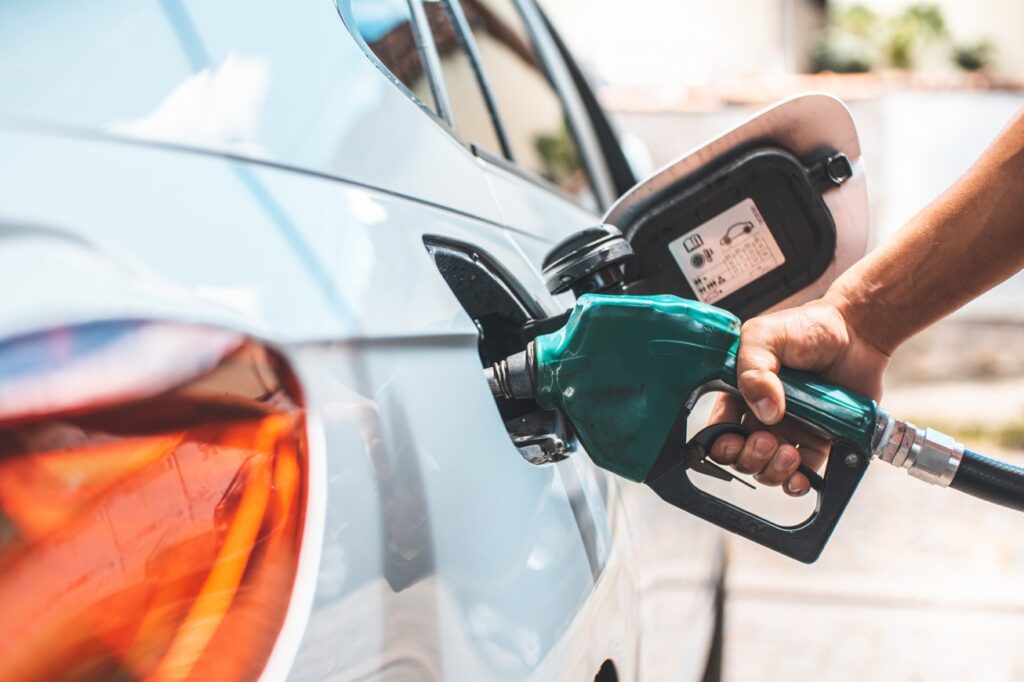
3. Keep Your Vehicle Well-Maintained
Regular maintenance is essential for optimal fuel efficiency and overall vehicle performance. Be sure to follow the manufacturer’s recommended maintenance schedule for tasks such as oil changes, air filter replacements, spark plug inspections, and fuel system cleanings. A well-maintained vehicle operates more efficiently, burns fuel more effectively, and experiences fewer mechanical issues that can impact fuel economy.
4. Reduce Excess Weight and Aerodynamic Drag
Excess weight and aerodynamic drag can cause your vehicle to consume more fuel than necessary. Remove unnecessary items from your vehicle’s trunk or cargo area to reduce weight, and avoid carrying bulky roof racks or cargo boxes when not in use. Additionally, keep windows closed at high speeds to minimize drag and use air conditioning sparingly to conserve fuel.
5. Plan and Combine Trips to Improve Fuel Efficiency
Consolidating errands and planning your routes can help minimize driving distance and reduce fuel consumption. Combine multiple trips into one efficient itinerary whenever possible, and use navigation apps or GPS devices to find the most direct and fuel-efficient routes. Avoid rush hour traffic and peak travel times to reduce idling and stop-and-go driving, which can waste fuel and decrease efficiency.
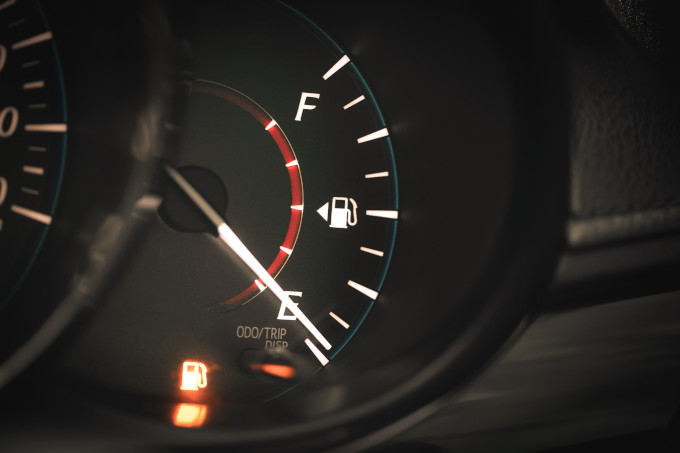
6. Use Cruise Control on Highways
Cruise control can help maintain a consistent speed on long highway stretches, improving fuel efficiency by reducing unnecessary speed fluctuations. Use cruise control whenever it’s safe and appropriate to do so, especially on flat terrain with minimal traffic. However, avoid using cruise control on hilly or winding roads, as it may lead to increased fuel consumption due to frequent speed adjustments.
7. Monitor Fuel Economy and Driving Habits
Keep track of your vehicle’s fuel economy by recording mileage and fuel consumption regularly. Many modern vehicles come equipped with onboard fuel economy displays that provide real-time feedback on driving efficiency. Pay attention to your driving habits and adjust accordingly to maximize fuel efficiency, such as avoiding idling, coasting to stops, and maintaining a steady speed.
8. Consider Alternative Transportation Options to Improve Fuel Efficiency
In some cases, using alternative transportation options such as public transit, carpooling, biking, or walking may be more fuel-efficient and cost-effective than driving alone. Explore alternative commuting methods and consider carpooling with coworkers or using ride-sharing services to reduce fuel consumption and vehicle emissions.
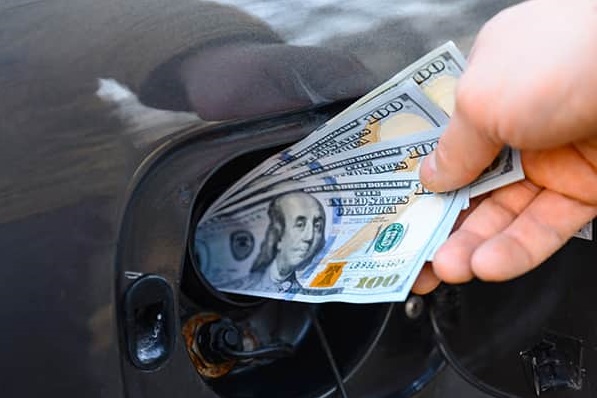
9. Choose Fuel-Efficient Vehicles
When purchasing a new or used vehicle, consider fuel efficiency as a key factor in your decision-making process. Look for vehicles with high fuel economy ratings, hybrid or electric models, or fuel-efficient technologies such as turbocharging, direct injection, and automatic engine start-stop systems. Research and compare fuel economy ratings for different makes and models to find the most efficient option that meets your needs and budget.
10. Practice Eco-Driving Techniques to Improve Fuel Efficiency
Eco-driving techniques focus on minimizing fuel consumption and emissions through mindful driving behaviors. Some eco-driving tips include:
- Gradually accelerating and decelerating to maintain a steady speed
- Coasting to stops whenever possible to avoid unnecessary braking
- Using gentle throttle inputs and avoiding rapid acceleration
- Anticipating traffic flow and adjusting speed accordingly to avoid sudden stops and starts
- Turning off the engine during extended idling periods to conserve fuel
11. Use Fuel-Efficient Driving Modes
Many modern vehicles come equipped with fuel-efficient driving modes or eco-driving settings that optimize engine performance and throttle response for maximum efficiency. Engage eco-mode or similar settings when driving in city traffic or during highway cruising to minimize fuel consumption and reduce emissions. Consult your vehicle’s owner’s manual or manufacturer’s website for information on activating and using fuel-efficient driving modes.
12. Upgrade to Low-Rolling-Resistance Tires
Low-rolling-resistance tires are designed to minimize friction and resistance between the tire and the road surface, resulting in improved fuel efficiency. Consider upgrading to low-rolling-resistance tires when it’s time to replace your current tires to maximize fuel savings and reduce environmental impact. While low-rolling-resistance tires may have a slightly higher upfront cost, they can pay for themselves over time through fuel savings and increased efficiency.
Summing Up
Improving fuel efficiency not only saves you money at the pump but also reduces your environmental footprint and promotes sustainable transportation practices. By following these tips and strategies to improve fuel efficiency, you can maximize fuel economy, minimize fuel consumption, and enjoy cost-effective, eco-friendly driving habits. Whether you’re commuting to work, running errands, or embarking on a road trip, implementing fuel-efficient driving techniques and maintenance practices can help you save money, reduce emissions, and contribute to a cleaner, greener planet. Start incorporating these fuel-saving tips into your daily routine and experience the benefits of efficient, eco-conscious driving today!




